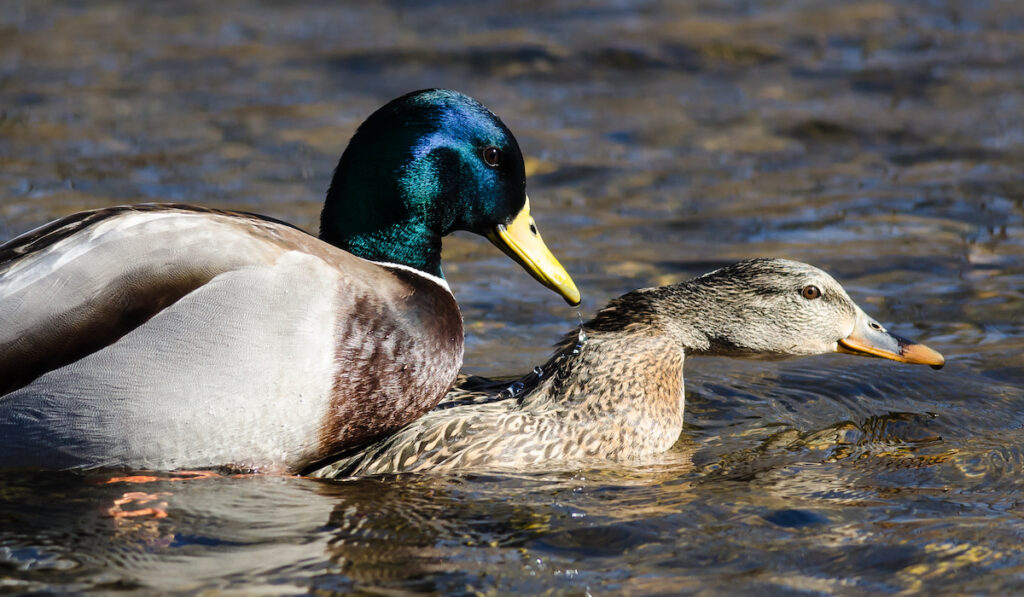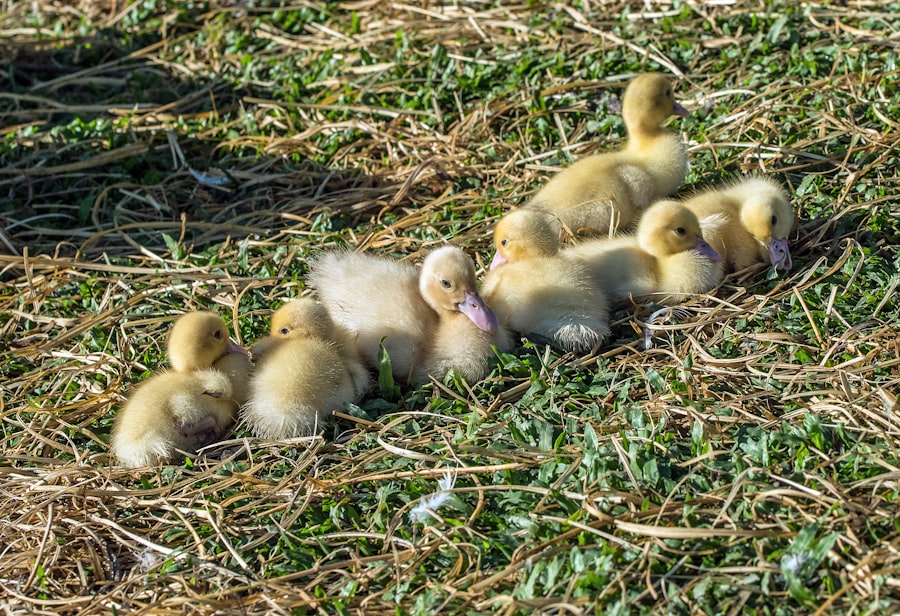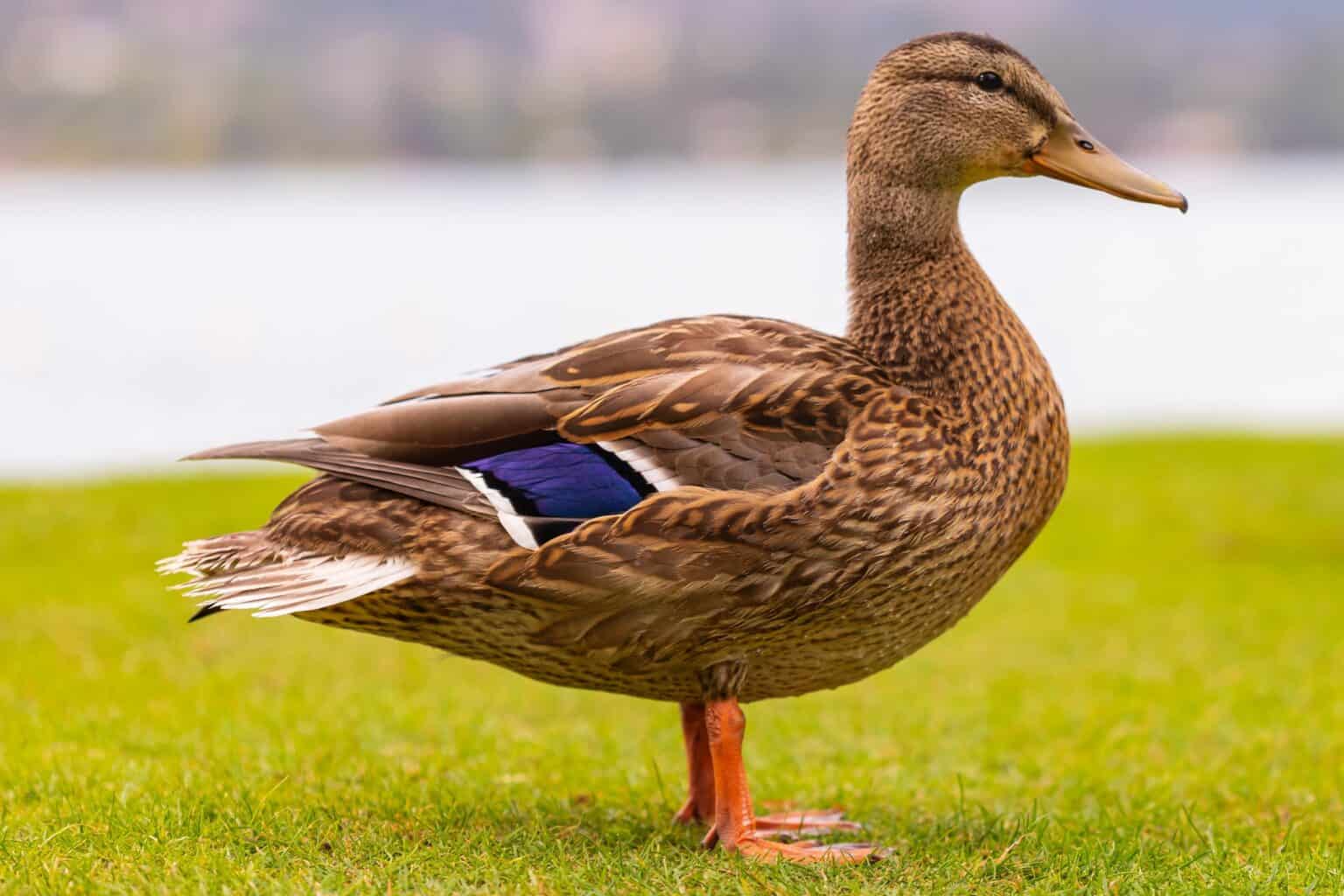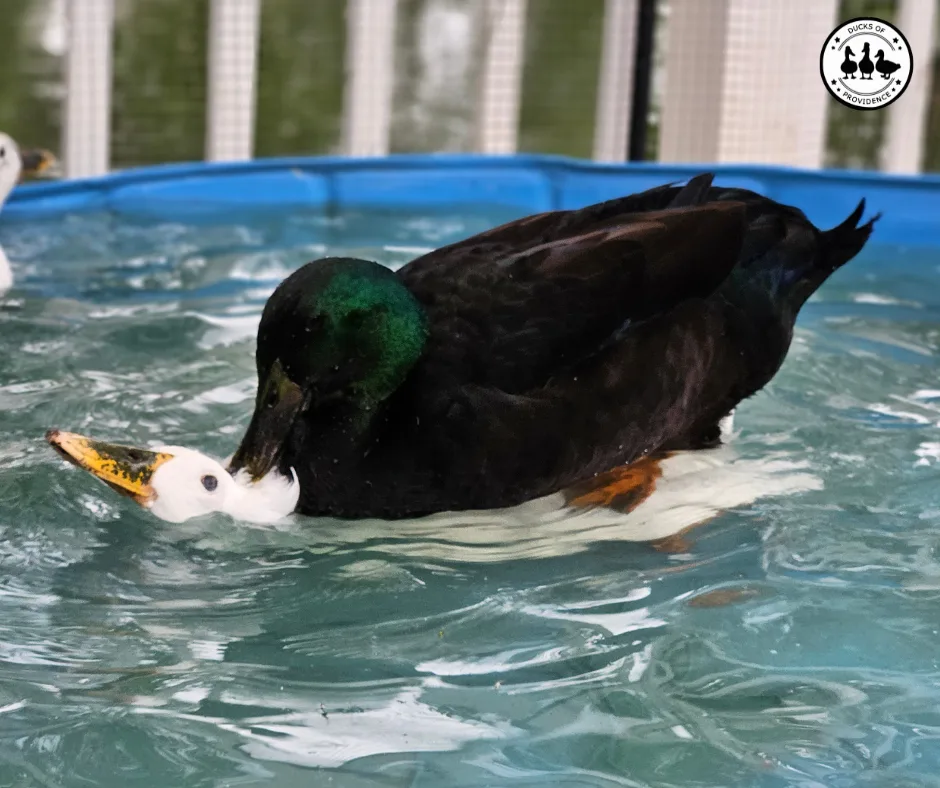When Is Breeding Season For Ducks
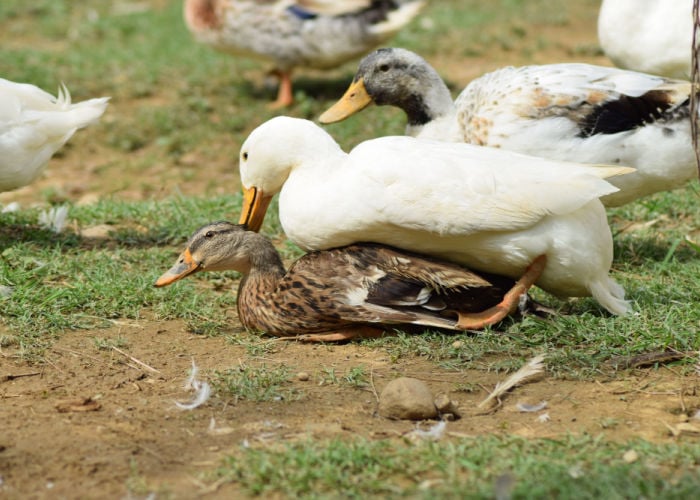
The crisp morning air hangs heavy with the promise of spring. Dew-kissed reeds sway gently in the shallows as a pair of Mallards glide across the still water. He, resplendent in his emerald head, attentively follows her, his quiet quacks a soft serenade in the awakening marsh. This idyllic scene, so common across waterways, hints at a time of renewal, a time when the business of life centers around the continuation of the species: breeding season.
Understanding when ducks breed is crucial for bird enthusiasts, conservationists, and anyone interested in the natural world. It allows for responsible observation, helps inform conservation efforts, and offers a deeper appreciation for the intricate dance of nature unfolding around us.
The Timing of Duck Breeding: A Seasonal Affair
Duck breeding season isn't a fixed date on a calendar, but rather a period influenced by a complex interplay of environmental factors. While generally falling between spring and early summer, the specifics can vary significantly based on geographic location, species, and even the year's weather patterns.
Latitude's Influence: A Northern and Southern Divide
Latitude plays a significant role. In more northern latitudes, where winter's grip is longer and harsher, breeding season is compressed into a shorter window, typically from late spring to early summer. As the ice melts and vegetation springs to life, ducks seize the opportunity to nest and raise their young before the return of winter.
Conversely, in southern regions with milder climates, the breeding season can be more extended, potentially beginning as early as late winter and stretching well into the summer months. This longer period offers greater flexibility for nesting attempts and can even allow for multiple broods in some cases.
Species-Specific Variations: A Tapestry of Timing
Different duck species also have their own unique timelines. For example, Mallards, one of the most widespread and adaptable duck species, tend to begin breeding relatively early in the spring. Their precocial ducklings, capable of swimming and feeding shortly after hatching, benefit from the longer growing season.
On the other hand, diving ducks like Canvasbacks, often breed later in the season. These ducks require more time to build up their energy reserves after the winter and typically nest in deeper, more established wetlands.
Weather's Whims: An Unpredictable Factor
Weather conditions exert a powerful influence on breeding success. A late spring frost can devastate early nests, while prolonged periods of drought can reduce available habitat and food resources, impacting breeding efforts.
Conversely, an early spring with abundant rainfall can lead to a boom in insect populations, providing a rich food source for ducklings and boosting breeding success. According to the U.S. Fish and Wildlife Service, monitoring weather patterns is crucial for understanding and predicting duck population trends.
The Breeding Process: A Detailed Look
The duck breeding process is a fascinating sequence of events, from courtship rituals to the rearing of young. Each stage is essential for the survival and continuation of duck populations.
Courtship and Pairing: The Art of Attraction
Courtship rituals vary between species, but often involve elaborate displays of plumage, vocalizations, and synchronized swimming. Drakes, the male ducks, will often engage in competitive displays to attract the attention of hens, the female ducks.
Once a pair forms, they establish a territory and begin searching for a suitable nesting site. Pair bonds can last for a single breeding season or, in some cases, for multiple years.
Nesting and Incubation: A Mother's Devotion
Duck hens typically build their nests on the ground, concealed among vegetation near water. The nest is usually a simple structure lined with down feathers plucked from the hen's own breast.
She will lay one egg per day until her clutch is complete, which can range from six to fifteen eggs depending on the species. The hen then incubates the eggs for around 28 days, rarely leaving the nest except for brief feeding forays.
Hatching and Rearing: A Vulnerable Time
The arrival of ducklings is a joyous occasion, but also a vulnerable time. Ducklings are precocial, meaning they are relatively independent at birth, but they still rely on their mother for protection and guidance.
The hen leads her brood to feeding areas where they forage for insects, seeds, and aquatic plants. Ducklings grow rapidly, and within a few weeks, they are typically able to fly and fend for themselves. During this period, the mortality rate can be quite high due to predation, disease, and exposure to the elements.
Conservation Implications: Protecting Duck Populations
Understanding duck breeding season has significant implications for conservation efforts. By knowing when ducks are most vulnerable, we can implement strategies to protect their habitat, minimize disturbance, and ensure their long-term survival.
Habitat Preservation: Providing Essential Resources
Protecting and restoring wetlands is paramount for duck conservation. Wetlands provide essential breeding habitat, foraging grounds, and refuge from predators.
Organizations like Ducks Unlimited work tirelessly to conserve and restore wetlands across North America, benefiting not only ducks but also a wide range of other wildlife species.
Minimizing Disturbance: Giving Ducks Space to Breed
During breeding season, it's crucial to minimize disturbance to nesting ducks. Avoid approaching nests too closely, and keep pets under control in areas where ducks are known to breed. Boating and other recreational activities should be conducted responsibly, avoiding sensitive areas.
Climate Change Considerations: Adapting to a Changing World
Climate change poses a significant threat to duck populations. Changes in temperature and precipitation patterns can disrupt breeding cycles, alter habitat availability, and increase the risk of extreme weather events.
Conservation efforts must take climate change into account and focus on creating resilient landscapes that can support duck populations in a changing world. The Audubon Society has highlighted the urgent need for climate-smart conservation strategies to protect vulnerable bird species, including ducks.
A Call to Observation and Appreciation
As the seasons turn, and you find yourself near a pond, lake, or marsh, take a moment to observe the ducks. Watch their interactions, listen to their calls, and appreciate the intricate dance of life unfolding before your eyes. Understanding the timing of their breeding season allows for a deeper connection with the natural world and a greater appreciation for the challenges and triumphs of these remarkable birds.
By being mindful of their needs during this critical period, we can all play a role in ensuring that future generations can enjoy the beauty and wonder of ducks thriving in their natural habitats. Let's continue to learn, protect, and cherish these feathered ambassadors of our wetlands.

